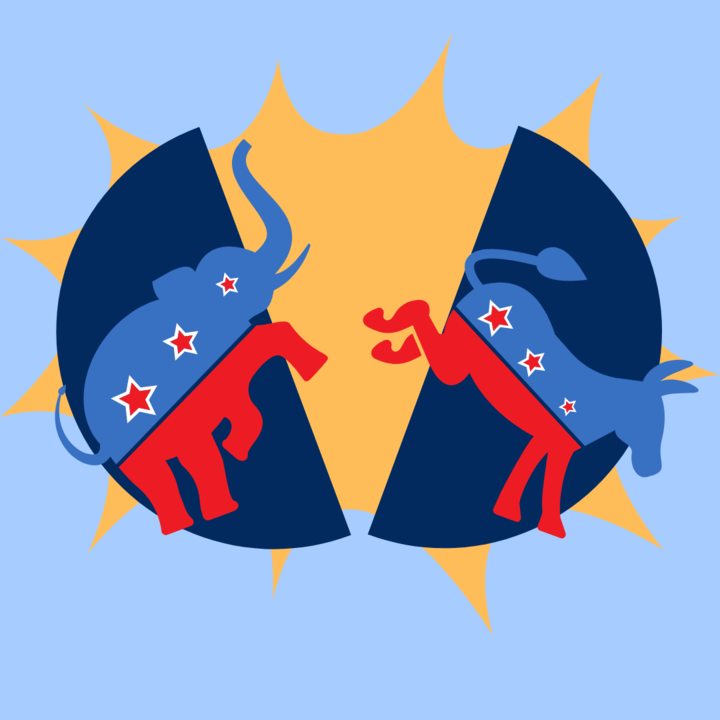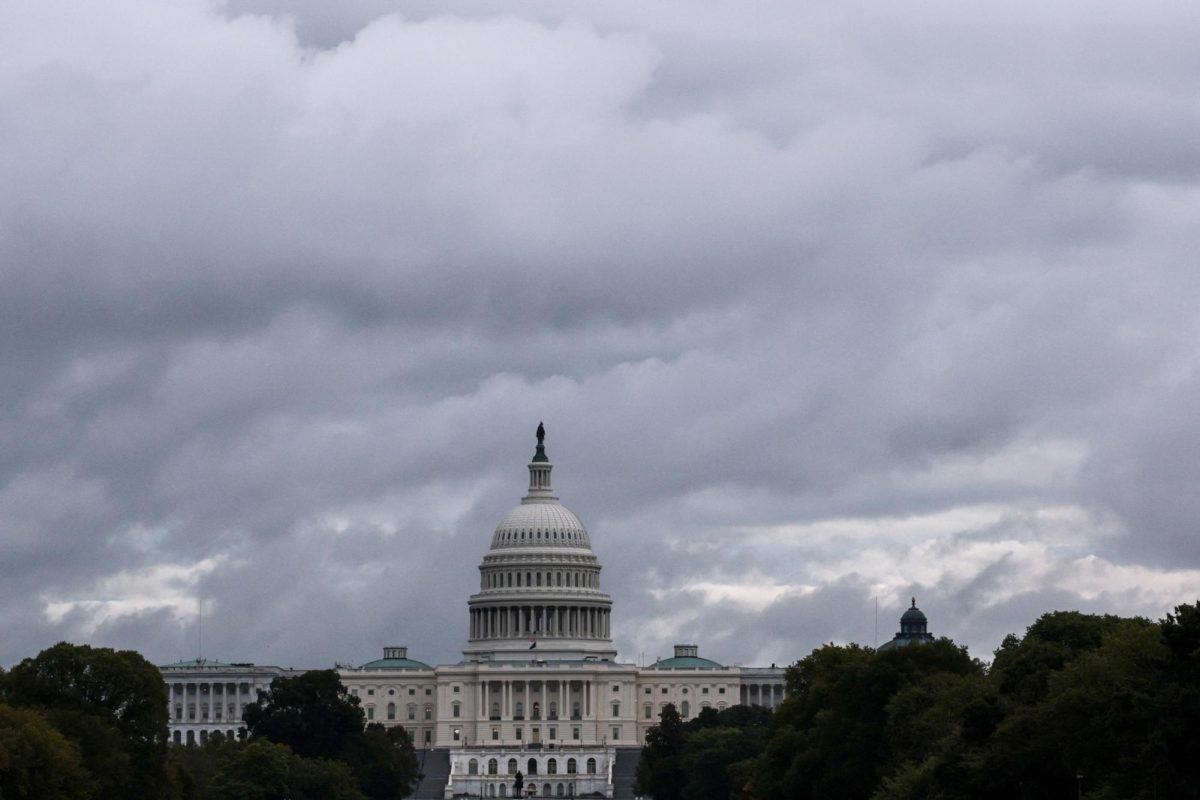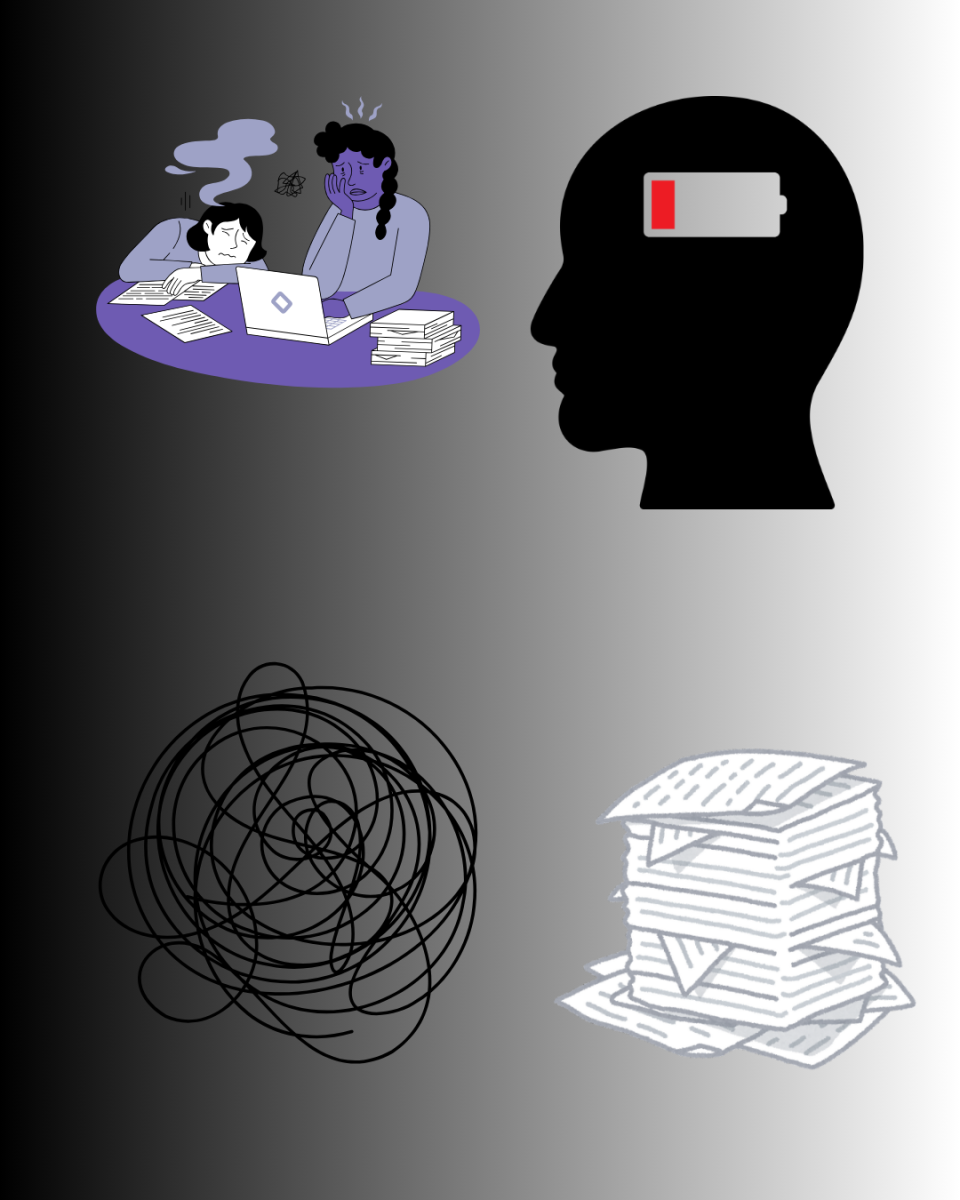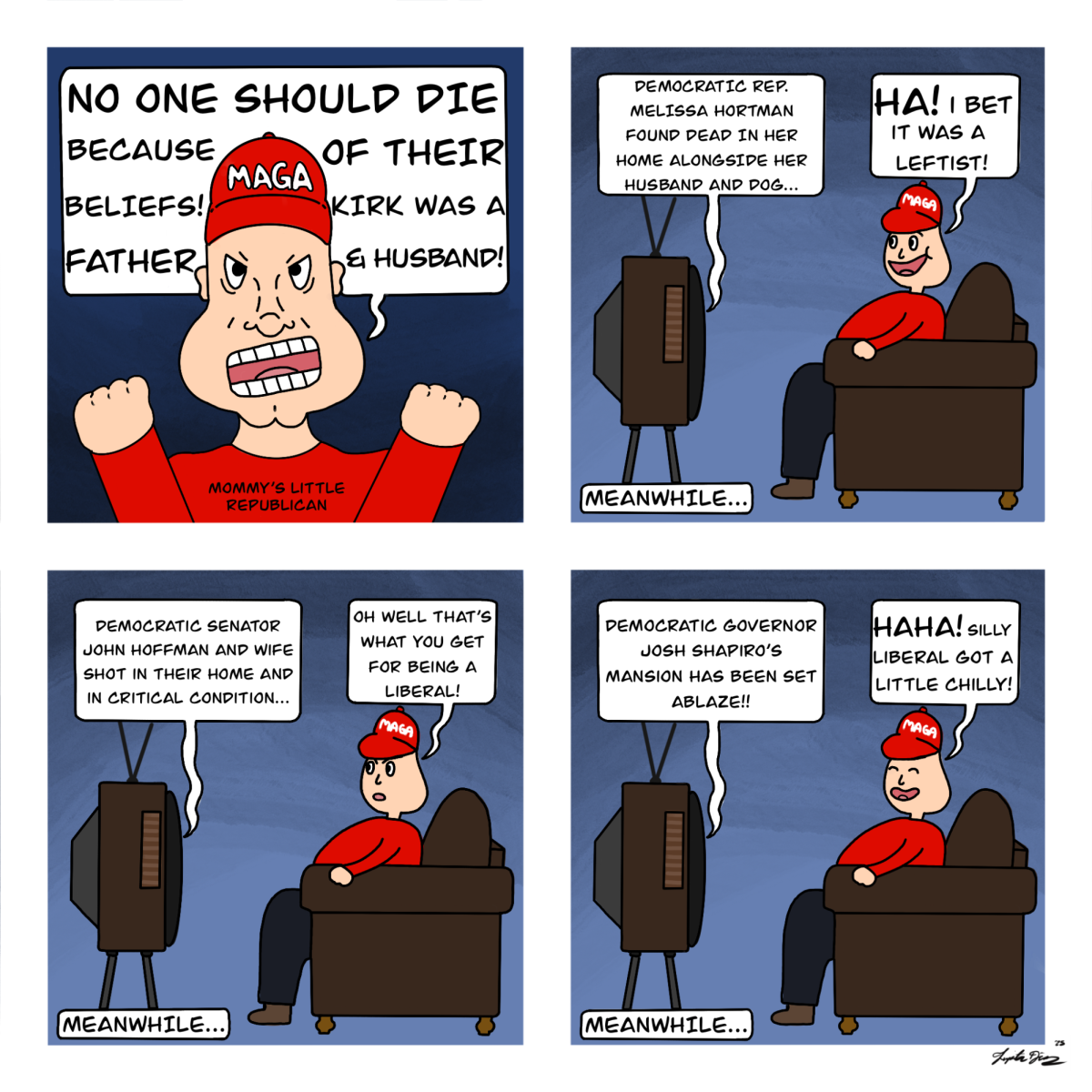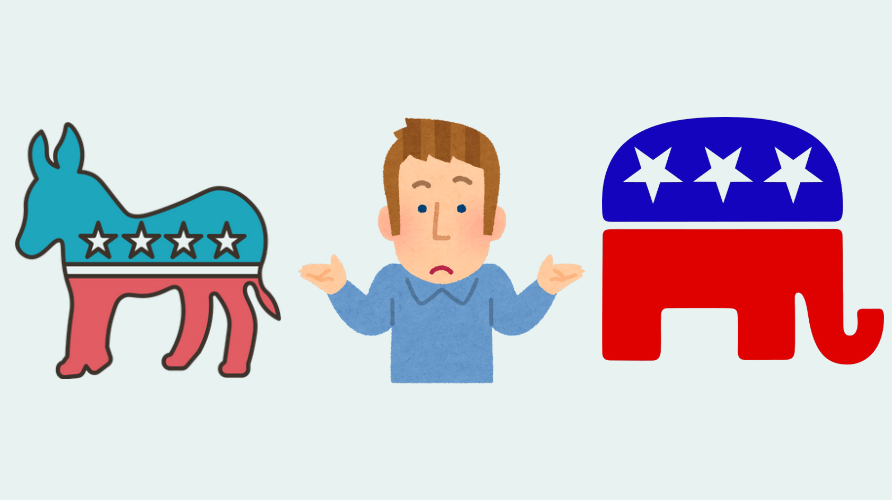In the United States there have always been two parties. This is not unique to American politics. Many nations like the United Kingdom or Colombia began with two main factions. However, over the years many countries have developed multi-party systems the U.S. should envy.
Typically, present-day two-party systems consist of a left-wing party and right-wing party.
In Spain, there are political parties that advocate for the independence of Catalonia and Navarre. In Germany they have the Zentrum, a center party, in addition to the Christian Democrats, the Social Democrats, the Greens, Die Linke and the Bayernpartei, another separatist party but for the region of Bavaria.
In fact, the U.K., which previously had one of the most marked two-partybi-partisan systems between the Labour and Conservative parties, has experienced an increase in parties focused on more niche political interests.
And like every modern European nation, it has a eurosceptic party and pro-European party – parties for and against organizations such as the Eurozone, the European Union and NATO. In Uk these could would be the Brexit party and the European People’s Party UK, respectively.
However, the U.S. is one of the few countries that only has two parties with representation in government.
Scot Schraufnagel, a professor in the department of political science, explains why there is no representation of minority parties in Congress and presidential elections.
“The reason why third parties don’t do well in this country is the election laws that we use,” Schraufnagel said. “We use plurality rules, single districts members. And there is a law and political science called Duverger’s Law, written in the 1950s, and if you have those type of elections, plurality rules, single member districts, you’re going to have two party dominance.”
Duverger’s Law states that single-member plurality systems facilitate two-party systems and that proportional representation facilitates a multi-party system.
Single member plurality systems are when there is one available seat for a given district. So, the one with the most votes wins the seat – even if they have a total minority. Proportional representation systems, on the other hand, use proportions of votes to translate to seats.
By having two radically opposed candidates and increasingly divided voter bases, the two-party system seems to be facilitating division rather than unity.
In addition, having a range of options offers fresh new ideas that could lead to important reforms, which — given the economic and international state of the nation – might be seen as necessary for the U.S.
“In the U.S. people are, because the country is so wealthy, or something, people just accept two party dominance, and they don’t question it. They don’t. No one really questions why third parties or minor parties don’t do well,” Schraufnagel said. “The system is rigged to prevent third party competition.”
While third-party candidates are able to run for office, the American electoral system almost guarantees their inability to win even if they have the best path forward for America.
An election system that counts the general votes instead of using the electoral colleges to count would allow the growth of third parties, even with a high threshold percentage. That way, the participation of all citizens is seriously considered, while today with the current system, a presidential candidate can lose elections if he has a larger overall vote count than his rival.
As long as the emerging parties do not infringe on the rights of American citizens, they should be entitled to participate with a realistic shot at gaining representation in government.
While this is not a reasonable change given the current polarization, hopefully in the future we can see the Democratic party competing against the Green party and Republicans and nationalist parties. Each party should have a chance, and each party should be working for the welfare of America but strongly considering the implications it could have in North and South America.


